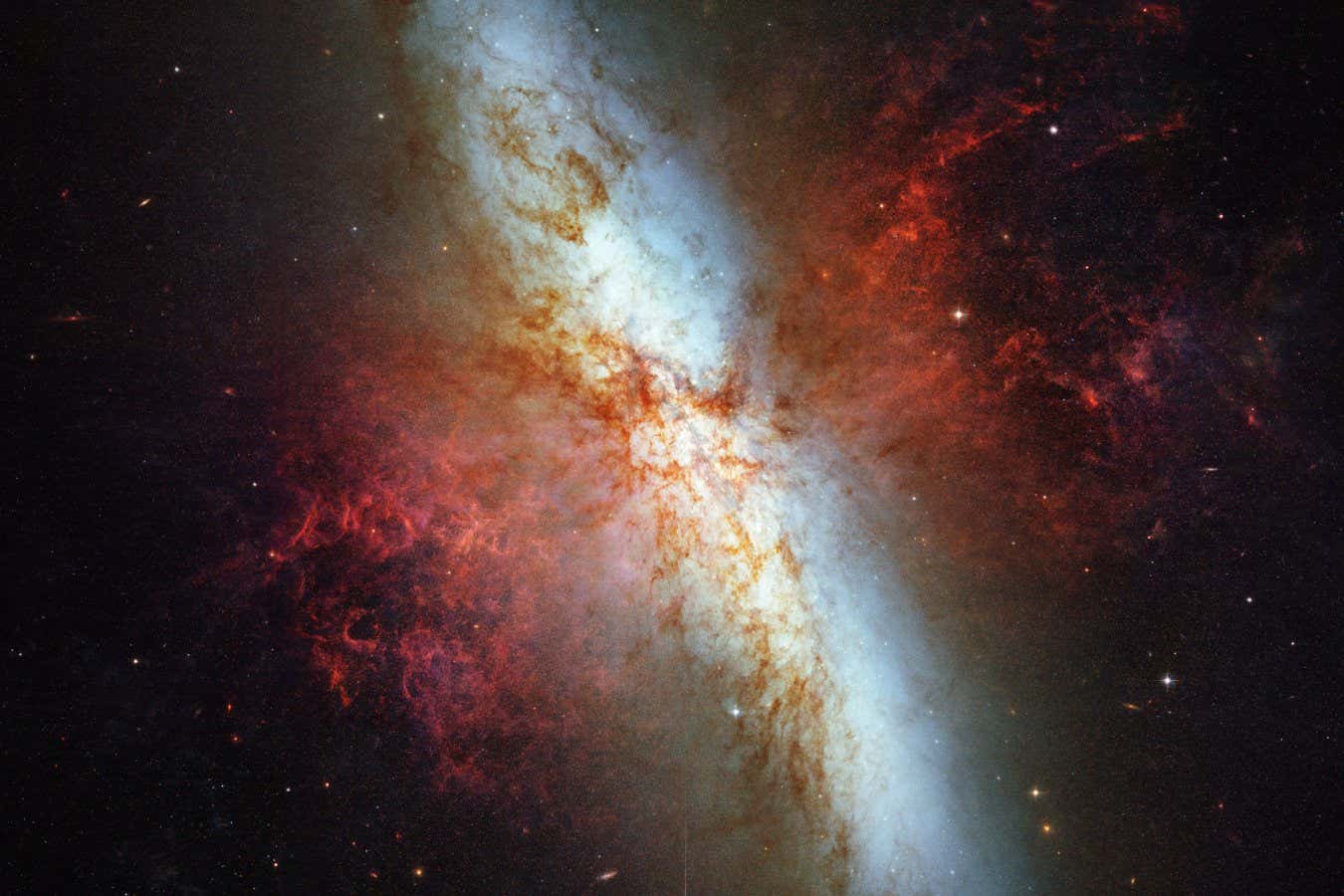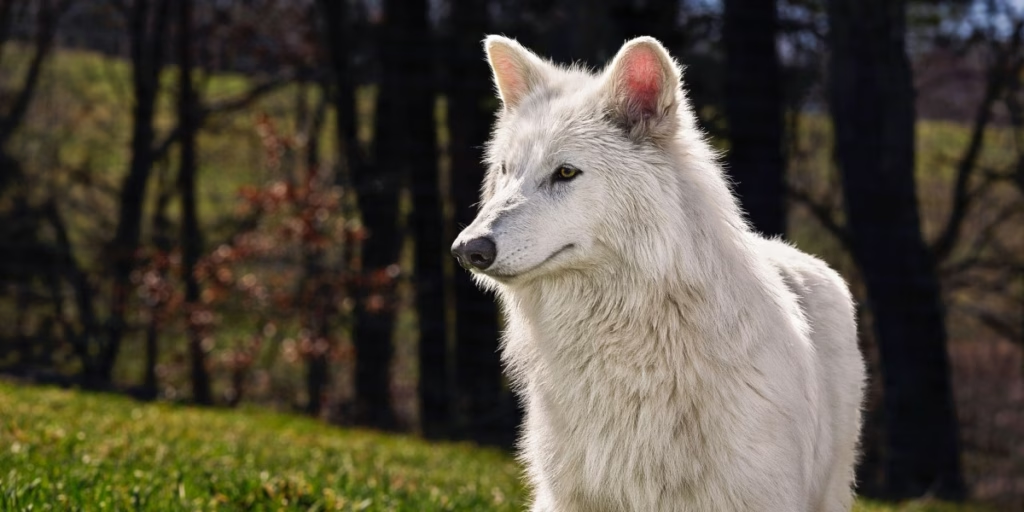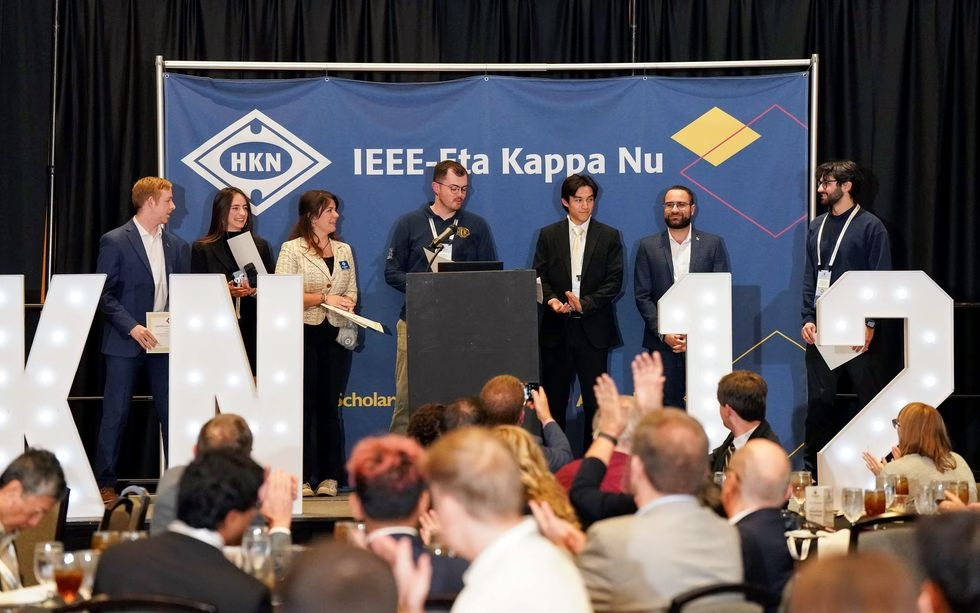Stellar views of some of the most spectacular sights in the universe

NASA Space Technology
Space
These dazzling images taken by NASA’s Hubble Space Telescope are from the upcoming book Cosmos: Explore the wonders of the universe, which has a foreword by astrophysicist Becky Smethurst
By Chen Ly

Galaxy Messier 82 (M82), also known as the cigar galaxy
NASA/ESA/Hubble Heritage Team (STScIAURA); J. Gallagher (University of Wisconsin), M. Mountain (STScI), P. Puxley (NSF)
Scarlet plumes of hydrogen emanate from the lively cosmic portrait of the galaxy Messier 82 (M82) shown above. Also known as the cigar galaxy, it sits in the constellation Ursa Major, around 12 million light years away.
It is what is known as a starburst galaxy due to its remarkably high rate of star formation. In fact, for every star born in the Milky Way, 10 burst into existence in M82. The reason for this much greater activity lies in M82’s gravitational interactions with a neighbouring galaxy known as M81.
The fantastic image here is the sharpest wide-angle view of M82 ever captured. It was assembled using shots taken by NASA’s Hubble Space Telescope in both infrared and visible wavelengths of light.

Cats EyeNebula
ESA/NASA/HEIC/Hubble Heritage Team (STScIAURA)
Glowing with an ethereal beauty is the Cat’s Eye Nebula, or NGC 6543, (pictured above) which was also imaged by Hubble. It is a planetary nebula. Despite the name, these are nothing to do with planets, but form when sun-like stars vigorously expel their outer layers of gas to form a spectacular display. This nebula’s concentric, pastel-coloured rings are shells of material emitted in a series of pulses, with around 1500 years between each event.
Both these magnificent scenes feature in the upcoming book Cosmos: Explore the Wonders of the Universeout on 3 October.
“I hope readers will take away both a sense of wonder at how incredible, vast and beautiful our universe is,” says astrophysicist Becky Smethurst, who wrote the book’s foreword, “but also a sense of how much there is that we still don’t know about our universe.”
Topics:
Discover more from Tamfis Nigeria Lmited
Subscribe to get the latest posts sent to your email.



 Hot Deals
Hot Deals Shopfinish
Shopfinish Shop
Shop Appliances
Appliances Babies & Kids
Babies & Kids Best Selling
Best Selling Books
Books Consumer Electronics
Consumer Electronics Furniture
Furniture Home & Kitchen
Home & Kitchen Jewelry
Jewelry Luxury & Beauty
Luxury & Beauty Shoes
Shoes Training & Certifications
Training & Certifications Wears & Clothings
Wears & Clothings
















